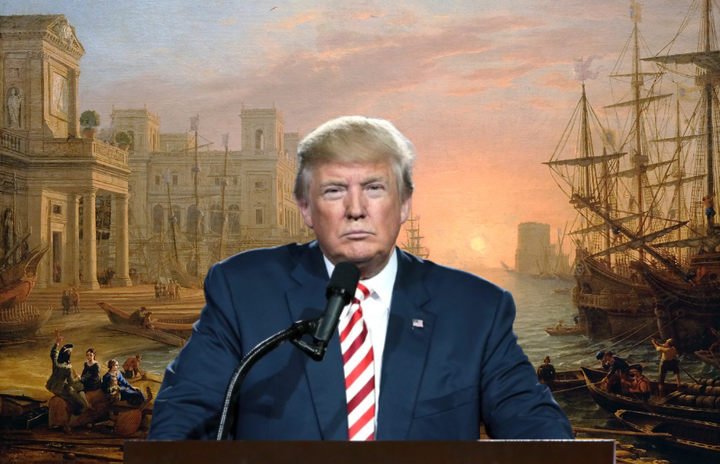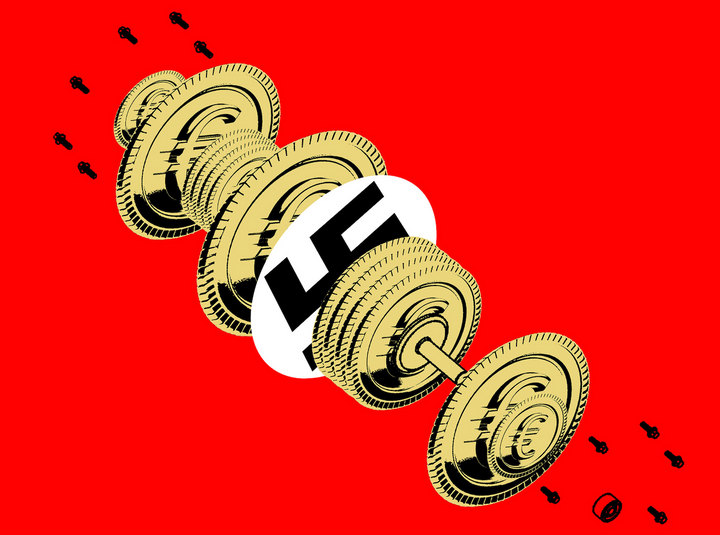Italy - The Implications of the Meloni Government
Will the Meloni government last? What approach will Meloni take? What is the controversial history of the Brothers of Italy party?
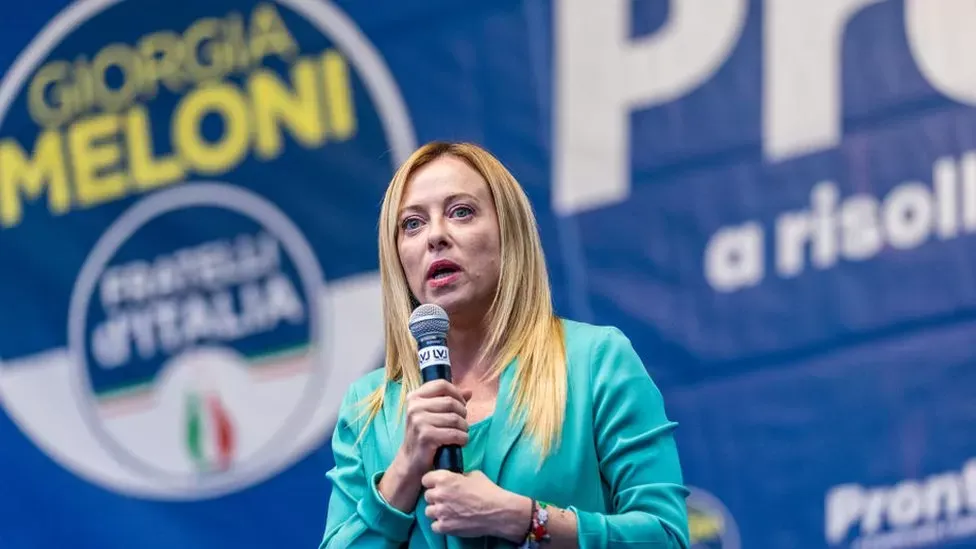
By Lorenzo Perrotta
On the 25th of September 2022, the Italian public elected their first female prime minister, Giorgia Meloni, of the Fratelli D’italia (Brothers of Italy) party along with her right-wing coalition. A clear majority in parliament gaining 237 out of 400 seats in the Chamber and 115 out of the 200 seats in the Senate. Still questions arise about whether this government will last, what approach will Meloni take or what is the controversial history of the Brothers of Italy party. Here is a synthesis of these questions and what expectations to have of this new government.
The Brothers of Italy (FdI) has quite a controversial history. The party emerged in December 2012 from Silvio Berlusconi’s FdL party, at the time the second biggest party in Italy. Included in the members who broke away from Berlusconi’s FdL to form the FdI was Giorgia Meloni, who took the reins of the party in 2014. The FdI openly criticised Berlusconi, citing his leadership as one of the main reasons they separated from his party. However, the principal reason that the FdI separated from FdL is because of differing ideological views. While FdL is a centre right party, the Brothers of Italy are a much more conservative, populist, right-wing political party.
This can be seen in their policies being an anti-immigration, anti-gay marriage and being pro traditional family values with Meloni promoting herself during her campaign as, ‘woman, mother, Christian.’ The FdI logo includes a tricolour flame which was also symbol of the post-fascist National Alliance founded in 1995 as a successor of the Italian Social Movement (MSI), a neo-fascistic party formed by former members of the Republic Fascist Party (banned after WW2).
While Meloni has tried to distance her party from their fascist connotations, there are still examples of fascism in the party, with one of their candidates to the Senate, Calogero Pisano, in Sicily being suspended days before the elections for praising Adolf Hitler on social media, calling him a ‘great statesman.’
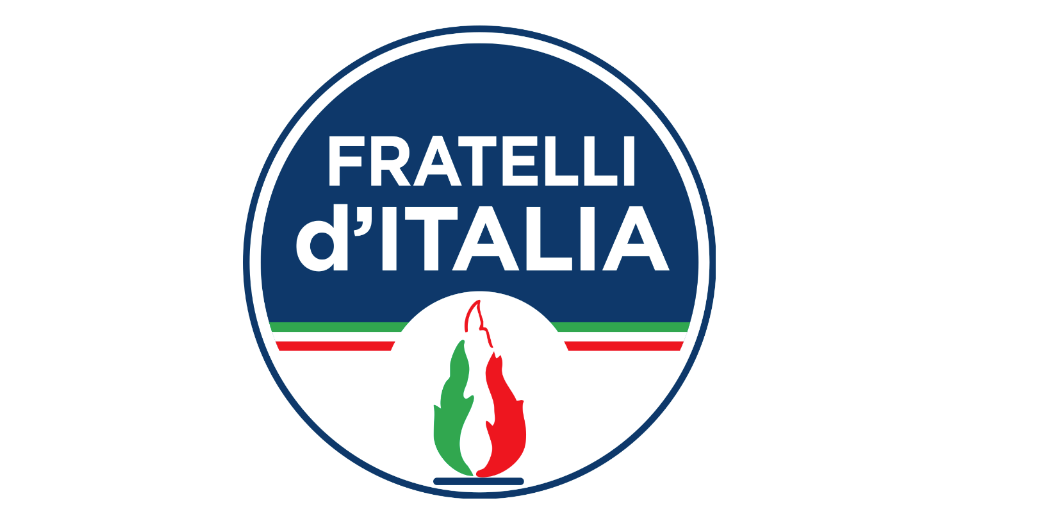
Meloni won the elections despite the lowest turnout in the history of the republic of Italy (post-WW2), with only 64% of the eligible population voting. This could be an indication to the dissatisfaction of the Italian people as a result of how the previous government was terminated. Mario Draghi was appointed Prime Minister on the 13th of February 2021 as part of a National Unity government, where the big Italian parties at the time (particularly off the right, the League, MS5 and PD) supported him.
Draghi was seen more as an economic technocrat rather than a prime minister, having previously served as the President of the European Central Bank up until 2019, being mentioned as the main figure behind stopping the Euro from collapsing. Paul Krugman described him as, ‘The greatest central banker of modern times.’ He was called out of retirement in 2021 to help steer Italy through the covid-19 crisis and ultimately overseeing the EU relief fund associated with the pandemic.
As a result of the Draghi government, Italy is ought to receive the biggest sum of the EU relief fund of $200 billion. Just when it seemed as though Italy was casting off the shackles of the pandemic exceptionally well, the parties supporting Draghi saw an opportunity to seize control of the relief fund and withdrew their support of his candidacy. Therefore, on the 21st of July 2022, Draghi handed in his resignation taking up a care-taker role until the September elections.
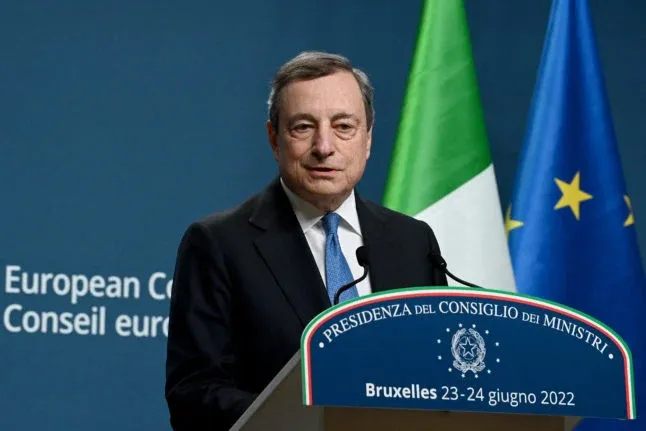
Now the real question is whether the new Meloni government will be able to stand the test of time. Italian politics is notoriously unstable, having 68 governments since the Republic of Italy (formed in 1946), each lasting around 18 months. This is because of the wide political spectrum that exists in Italy, where each government must form a coalition in order to have a majority of seats in Parliament.
Meloni’s government is not an exception to this. As part of her right-wing coalition, Giorgia Meloni has joined forces with the right-wing League party (lead by Matteo Salvini) and the centre right party Forza Italy (lead by Silvio Berlusconi). Matteo Salvini is seen as the more complicated figure of the two for Meloni’s government. Having served previously as deputy prime minister, Salvini has called on the EU to ‘rethink’ its stance against Russia since the Ukraine invasion, even though the head of the coalition, Meloni and FdI, are firmly anti-Russia.
While the League and FdI have clashed in the past, the League only won 9% of the vote (to FdI’s 24%) meaning that the priorities of the new government will fall into FdI’s hands, and the League will have to fight in order to ensure its priorities aren’t a second thought. Forza Italia, on the other hand, is seen more as an intermediate between the two parties. Silvio Berlusconi is an infamous character in Italian politics, being the longest serving prime minister in Italian history years prior, and his aim is to almost be a father figure to the coalition. This could be seen how the 85-year-old is aiming more for a director position in the government rather Salvini hoped to be appointed to his previous position as Deputy Prime Minister.
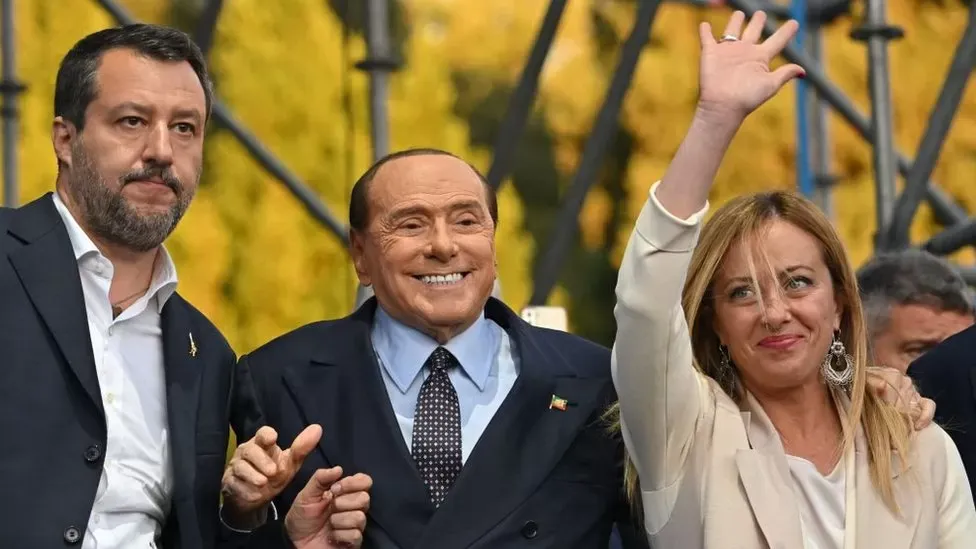
Overall, Meloni will undoubtedly have a treacherous task as Italian Prime Minister in the forthcoming years both inside and outside of her coalition. She’ll have to please not only the needs of her own party, but also the desires of two Italian political heavyweights by her side, while having to manage the largest stimulus package seen in Italy since the financial crisis of 2009.
Even though her term in office still hasn’t even begun, the European Affairs Minister, Laurence Boone, has already expressed concern over the new government, telling Italian newspaper La Repubblica de Paris, ‘will pay close attention to the respect for values and rules of law,’ once the new cabinet is sworn in.
As of yet, we have not seen a government in Italy last longer than 3 years since 2011 (lead by the aforementioned Silvio Berlusconi) and have never seen a government since WW2 last its constitutional limit of 5 years. This new right-wing government may align its views and be the solution for Italy to emerge from its political instability and the Covid-19 pandemic, or simply become another short-lived hope.
